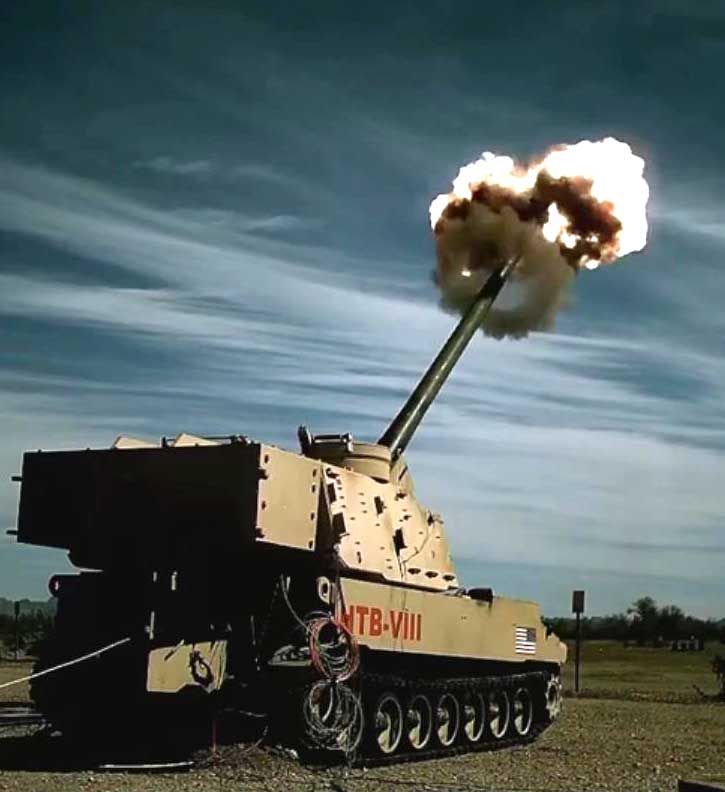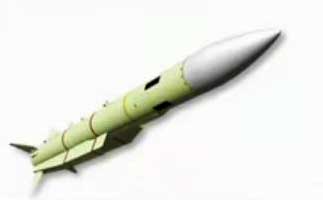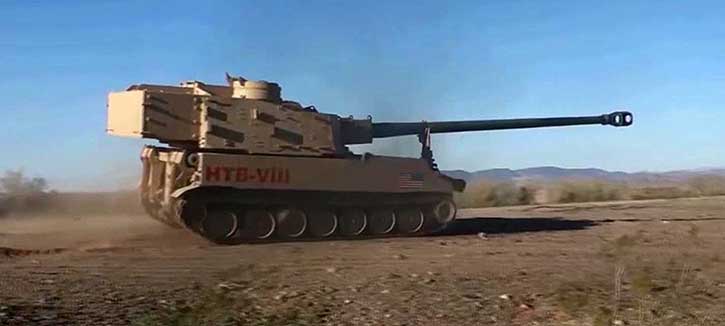
The US Army has developed a self-propelled variant of the XM-907 155mm 58 Caliber cannon. This M-109A8 variant based on this enhanced design is expected to be fielded by 2023 and provide the US Army with cannon artillery firepower that could reach targets 70 km with high precision. Eventually, the Army hopes that with enhanced ammunition those guns could reach targets at 100 km. This is not the final goal, the Army also plans to test a strategic cannon that will be able to fire projectiles as far as a thousand kilometers away. Such a strategic weapon will become part of the Army’s answer to the Russian and Chinese advanced air defense networks, (known as Anti-Access Area Denial systems – A2AD).
The Army argues that in a multi-domain battle, land forces will be able to deliver precision hypersonic missiles against critical command and control nodes, while strategic gunfire could engage softer targets, including missile launchers and anti-aircraft assets dispersed over a wide area, penetrating access routes for airstrikes and cruise missile fires.


The Army’s Guided MLRS (GMLRS) is also capable to reach 70 km range but is less flexible in the types of warheads used. The rocket has recently been tested with new tail controls, which are likely to be used in the future PrSM. These platforms firing rockets from pods would be enhanced with introduction Precision Strike Missile (PrSM) a replacement for the ATACMS missile that will have a range of 499 km, just within the limit of Intermediate Range Missile treaty. If the INS treaty fails, PrSM could be enhanced with more advanced propulsion, such as ramjets, to extend its range to much longer ranges.
The Army’s longest range artillery round is the Excalibur GPS guided projectile, that has demonstrated hits within 2 meters of its intended target, fired from a range of 62 km. The enhancement of the M-109A8 and its ammunition are part of the work spent by the Army’s Cross Functional Team (CFT) focused on Long Range Precision Fires.
The Extended Range Cannon Artillery (ERCA) that began firing trials in March uses a longer barrel, redesigned chamber, and breech, to withstand the higher pressure generated during the firing that accelerates the rounds that long range. The M-109A8 will use new types of ammunition to match those pressures and the firing rate of 6-10 rounds per minute. To achieve this rate the gun will require semi- or fully-automated ammunition handling. The system is expected to get an autoloader, a new fire control system and be able to use the XM-654 supercharge and new XM-1113 rocket-assisted projectile (RAP) that provides 20 percent more impulse, compared to current RAP (M549A1), both designed to fire projectiles over twice the current range they reach now. Both were developed and tested with the towed variant of the XM-907 cannon (M-777ER). The XM-1113 has already demonstrated 30 percent range extension (40 km) at a mean miss distance (CEP) of 20 meters fired current M-109A7 Paladin 155mm guns.
With longer range, high mobility and lower cost per shot ERCA will become the US Army’s ‘tactical weapon’ against enemy anti-access and area denial (A2AD) systems, providing the ground forces with a capability to defeat enemy air defenses and command and control elements farther away from enemy artillery. Unlike the current artillery which is too close and vulnerable to enemy attack, this concept of operations is intended to support mechanized forces and infantry from stand-off range. Longer range precision fire can hit enemy troop concentrations, supply lines, and equipment essential to a coordinated attack while allowing forces to stay farther back from the incoming enemy fire.














